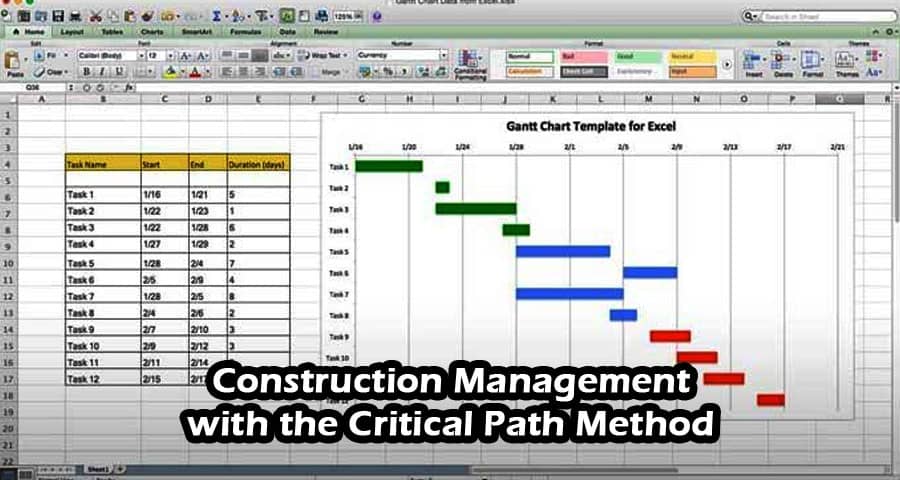Maximizing Efficiency in Construction Management with the Critical Path Method

In the fast-paced world of construction management, time is money. Every delay, every misstep, can lead to significant setbacks and increased costs. That's why it's crucial for construction companies to utilize the Critical Path Method (CPM), a powerful tool for planning and scheduling projects that can help maximize efficiency and minimize delays.
Understanding the Critical Path Method
At its core, the Critical Path Method is a project management technique used to determine the longest sequence of dependent activities and ensure that a project is completed on time. By identifying the critical path, construction managers can pinpoint which tasks are essential for the project's timely completion and allocate resources accordingly.
Identifying Critical Activities
The first step in utilizing the Critical Path Method is to identify all the activities required to complete a project. These activities are then arranged in a logical sequence, with each activity dependent on the completion of previous tasks. Once all activities are identified and sequenced, construction managers can calculate the duration of each activity and determine the critical path.
Calculating Float and Slack
In addition to identifying the critical path, the Critical Path Method also allows construction managers to calculate float and slack for non-critical activities. Float refers to the amount of time an activity can be delayed without delaying the project's overall completion, while slack refers to the amount of time an activity can be delayed without delaying the start of subsequent activities.
Optimizing Resource Allocation
By understanding the critical path and identifying activities with float or slack, construction managers can optimize resource allocation to ensure that critical activities are completed on time. This may involve reallocating resources from non-critical activities to critical ones or adjusting the sequencing of activities to minimize delays.
Utilizing Technology for Enhanced Efficiency
In today's digital age, construction managers have access to a wide range of project management software that can streamline the use of the Critical Path Method. These tools allow for real-time collaboration, automated scheduling, and instant updates, ensuring that projects stay on track and on budget.
Real-World Applications
The Critical Path Method has been successfully implemented in a variety of construction projects, from small-scale renovations to large-scale infrastructure developments. By utilizing this powerful technique, construction managers can effectively manage complex projects, anticipate potential delays, and keep stakeholders informed every step of the way.
Conclusion
In conclusion, the Critical Path Method is an invaluable tool for enhancing construction management efficiency. By identifying the critical path, calculating float and slack, optimizing resource allocation, and utilizing technology, construction managers can ensure that projects are completed on time and within budget. In today's competitive construction industry, the ability to maximize efficiency is essential for success, and the Critical Path Method provides a proven framework for achieving that goal.
